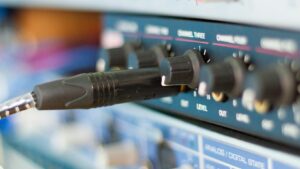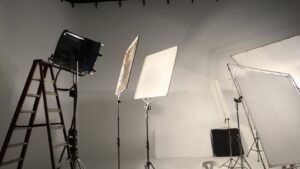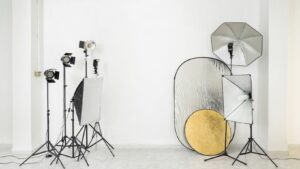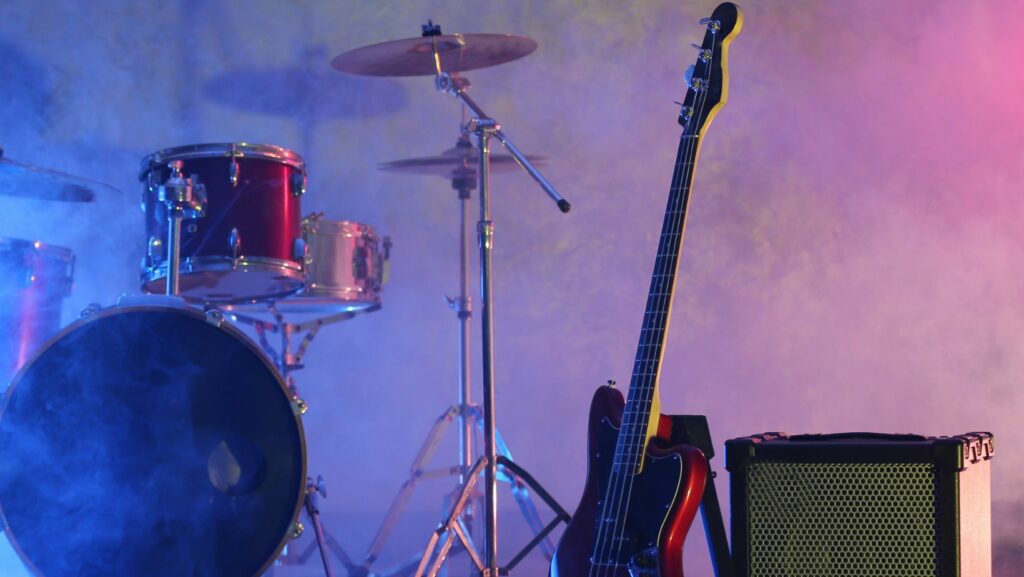
In the world of music and audio production, the right studio gear can make all the difference. Whether it’s crafting the perfect sound or capturing the nuances of a vocal performance, the equipment used in a studio shapes the final product. From microphones and mixing consoles to audio interfaces and monitors, each piece of gear plays a crucial role in bringing an artist’s vision to life. As technology advances, the landscape of studio gear continues to evolve, offering producers and engineers new tools to enhance their creative process. Quality equipment not only improves sound fidelity but also boosts efficiency, allowing for seamless workflows and innovative production techniques. Understanding the essentials of studio gear is key for anyone looking to create professional-grade music or audio content. Navigating the vast array of options can be daunting, but knowing what to look for ensures that investments in studio gear pay off. Whether setting up a home studio or upgrading a professional space, the right gear is essential for success.
Studio Gear
Studio gear plays a crucial role in audio production. Selecting the right tools impacts sound quality and production efficiency.
Audio Interfaces
 Audio interfaces connect various audio equipment. They convert analog signals to digital format for computers. Popular models offer high-quality preamps, low-latency performance, and multiple input/output options. Common devices include the Focusrite Scarlett series and the Universal Audio Apollo series. These interfaces support USB, Thunderbolt, or FireWire connections, ensuring compatibility with different setups. Features such as built-in DSP and high-resolution processing enhance recording and mixing quality.
Audio interfaces connect various audio equipment. They convert analog signals to digital format for computers. Popular models offer high-quality preamps, low-latency performance, and multiple input/output options. Common devices include the Focusrite Scarlett series and the Universal Audio Apollo series. These interfaces support USB, Thunderbolt, or FireWire connections, ensuring compatibility with different setups. Features such as built-in DSP and high-resolution processing enhance recording and mixing quality.
Studio monitors provide accurate sound reproduction. Precision in monitoring reveals subtle changes in mixes. Renowned brands like KRK, Yamaha, and Genelec produce models with various sizes and frequency responses to suit diverse environments. Monitors often feature bi-amplification and room correction technologies. Nearfield monitors offer focused listening, making them ideal for small studios where space constraints exist. Understanding room acoustics and placement significantly influences monitor performance and accuracy.
Popular Brands and Models
Studio gear comes in various brands and models, catering to different budgets and needs. Selecting the right equipment ensures quality sound production.
Budget-Friendly Options
Affordable gear offers value without compromising too much on performance. Behringer and PreSonus provide audio interfaces suitable for beginners. For studio monitors, Mackie CR Series and JBL 305P MkII offer decent sound quality. In microphones, Audio-Technica AT2020 and Shure SM58 stand out for their reliability and affordability.
Mid-Range Recommendations
Mid-range equipment balances cost and performance, ideal for intermediate users. The Focusrite Scarlett and MOTU M2 audio interfaces are popular choices. Yamaha HS Series and KRK Rokit series are recommended studio monitors for accurate sound. Regarding microphones, the Rode NT1-A and Sennheiser e935 offer excellent bang for the buck.
High-End Choices
High-end gear caters to professionals seeking top-tier quality. Universal Audio Apollo interfaces deliver exceptional audio conversion. Genelec and Focal provide studio monitors with unmatched precision. In microphones, the Neumann U87 and AKG C414 are renowned for their impeccable clarity and detail.
Setting Up Your Studio Gear
 Successful studio setups depend on more than just high-quality equipment. By focusing on acoustic treatment, cable management, and software integration, users can create an efficient and professional studio environment.
Successful studio setups depend on more than just high-quality equipment. By focusing on acoustic treatment, cable management, and software integration, users can create an efficient and professional studio environment.
Acoustic treatment enhances sound clarity by reducing reflections and eliminating unwanted noise. Sound absorption panels are ideal for absorbing mid-to-high frequencies, while bass traps effectively manage low-end frequencies. Companies like Auralex and Primacoustic offer a variety of products tailored to specific room requirements. Correct placement on walls and corners maximizes treatment effectiveness, leading to accurate sound monitoring.
Maintenance and Upgrades
Maintaining studio gear is as crucial as selecting the right equipment. Regular cleaning and servicing can extend the lifespan of devices and ensure consistent performance. Dust and debris can affect the functionality of sensitive components like microphones and audio interfaces, so routine maintenance is essential. Upgrading gear over time can also enhance a studio’s capabilities. As technology advances, newer models often offer improved features and efficiency. Investing in upgrades can keep a studio competitive and aligned with the latest industry standards.

